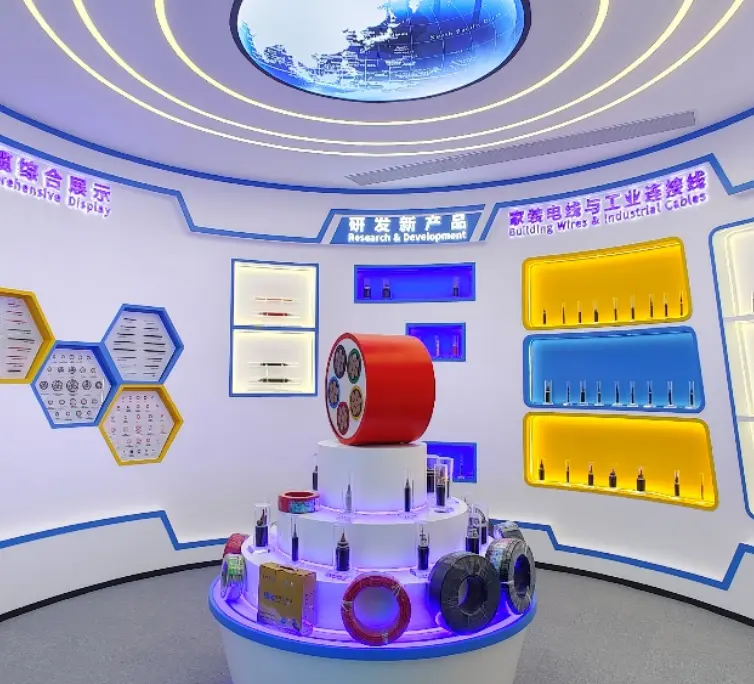Difference Between Cross Linked Polyethylene Insulated Cable and Ordinary Power Cable
Speaking of power cables, I certainly believe that everyone is somewhat familiar with them, and we can oftentimes see them in our daily life. There are many kinds of power cables in the market, which can be divided into oil-impregnated paper insulated power cables, plastic insulated power cables and rubber insulated power cables in accordance with various insulation materials. Among of which, the commonly used plastics for plastic insulated power cables are polyvinyl chloride, polyethylene and cross linked polyethylene. Then, do you know the difference between the cross linked polyethylene insulated cable and the ordinary type of power cables?
1. Understanding the cross linked polyethylene insulated cable
The abbreviation of cross linked polyethylene insulated cable could be referred to as “cross linked cable”. Cross linked polyethylene insulated cable is suitable for transmission and distribution lines with power frequency AC voltage of 500KV and below. At present, most of high-voltage cables are insulated by adopting the cross linked polyethylene.
The electrical and mechanical properties of cross linked polyethylene insulated cable are also better than those of oil-filled cables. Using additives in insulating materials can slow down the accumulation of space charge in cable insulation, so that cross linked polyethylene insulated cable can be used for DC high voltage power supply.
Cross linked polyethylene insulated cable is usually the submarine cable. In order to prevent moisture intrusion, semi-conductive moisture swelling tape is mainly wrapped outside the insulation shield and metal shield layer, and a metal waterproof layer, that is, metal sheath, is added outside the metal shield layer. The electric field strength of medium-voltage cables is relatively low and uses aluminum-plastic composite sheath in general, and some cables only use polymer sheath, while high-voltage cables use lead, aluminum and stainless steel metal sealing sheath. Cross linked polyethylene insulated cable on the market has different product performance due to different manufacturing, we thus should be prudent with the selection of cross linked polyethylene insulated cable.
2. The differences between cross linked polyethylene insulated cable and the ordinary power cables
Material differences between the cross linked polyethylene insulated cable and the PVC insulated cable.
Temperature resistance: the temperature resistance grade of PVC cable is generally 70℃, and the temperature resistance of the cross linked polyethylene insulated cable is able to reach at 90℃.
Different current-carrying capacity: For cables with the same conductor cross-sectional area, the current-carrying capacity of the cross linked polyethylene insulated cable should be greater than that of PVC cables.
Scope of application: PVC cables will release toxic HCl smoke when burning, and PVC cables cannot be used when the fire protection requirements are at low toxicity. Cross linked polyethylene insulated cable is suitable for distribution network, industrial devices or other fields requiring large capacity power consumption, and is used for fixed laying on AC 50Hz, power transmission and distribution lines with rated voltage of 6kV~35kV, and its main function is to transmit electric energy.
Latest News & Blog
 English
English  français
français  Deutsch
Deutsch  العربية
العربية  tiếng việt
tiếng việt  ไทย
ไทย  čeština
čeština  Indonesia
Indonesia  Eesti
Eesti  български
български  slovenčina
slovenčina 



